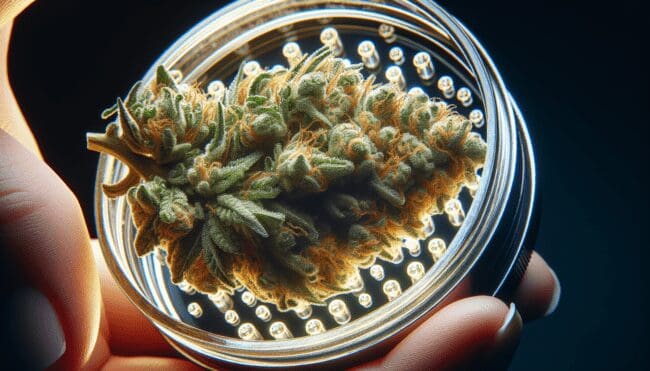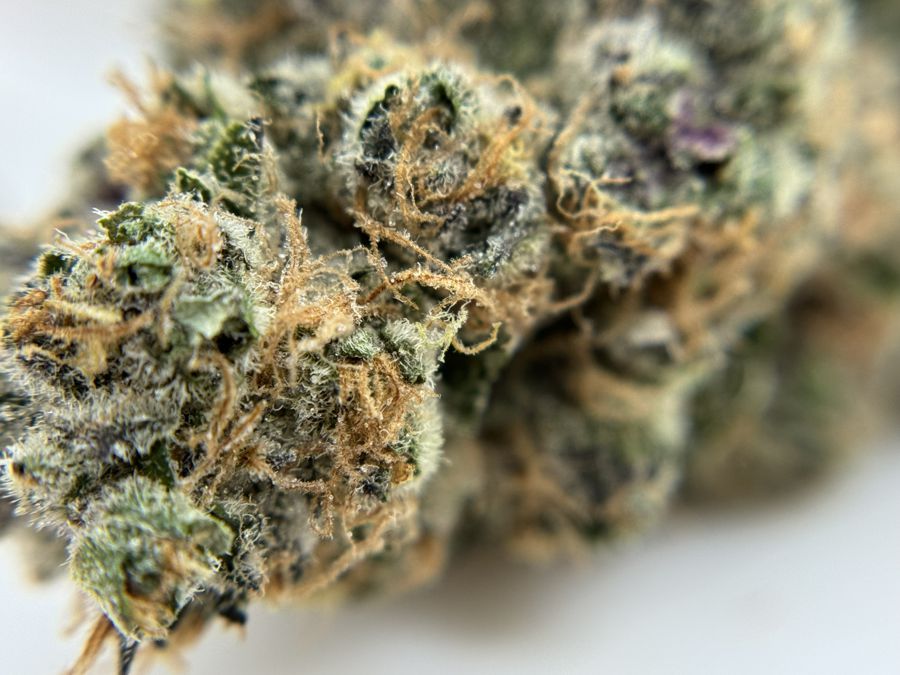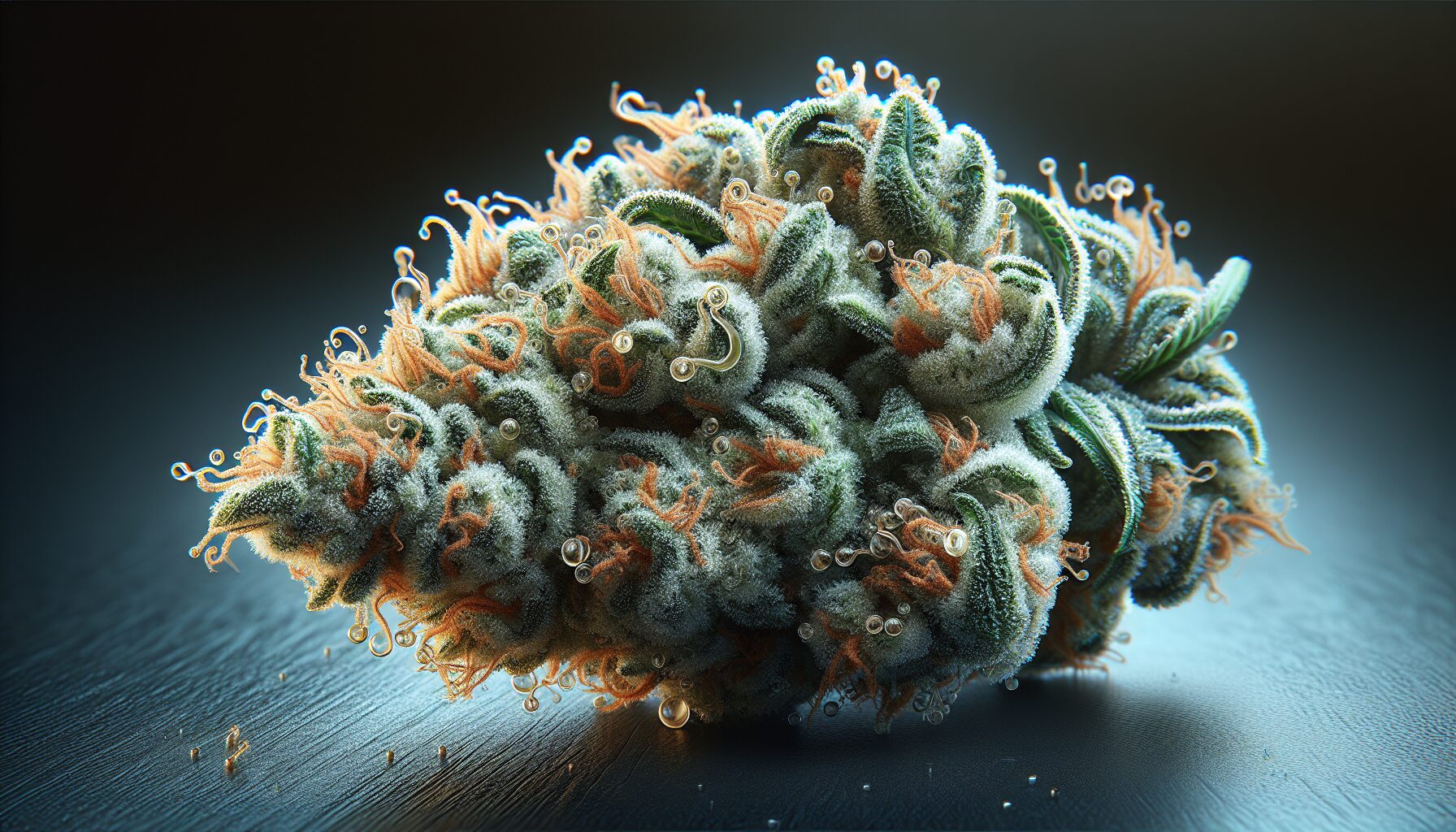In the ongoing debate over cannabis, many enthusiasts often ponder whether Canadian cannabis surpasses its American counterpart. While both nations have experienced significant advancements in the legalization and regulation of cannabis, the question of quality remains. Understanding the differences in growing techniques, environmental conditions, and regulations can help shed light on the characteristics that set Canadian cannabis apart from American weed. So, let’s dive into this intriguing comparison and explore whether Canadian cannabis truly reigns supreme.
Overview of Cannabis in Canada and the United States
Historical background of cannabis in both countries
Cannabis has a long history in both Canada and the United States, but the trajectory of its legality and cultural acceptance has differed between the two countries. In Canada, cannabis was initially criminalized in 1923, following the introduction of the Opium and Drug Act. The prohibition remained largely in place until recent years when the country embarked on a journey towards legalization.
In contrast, the United States has seen a more fragmented approach to cannabis regulation, with some states decriminalizing or legalizing it for medical or recreational use, while it remains illegal at the federal level. The first major federal legislation regarding cannabis was the Marihuana Tax Act of 1937, which imposed significant restrictions on its use. The subsequent decades saw a rise in the War on Drugs, leading to the classification of cannabis as a Schedule I drug under the Controlled Substances Act of 1970.
Current status of cannabis legality in both countries
As of now, Canada has fully legalized cannabis for both medical and recreational use throughout the country. The Cannabis Act, which came into effect in 2018, regulates the production, distribution, and sale of cannabis. This landmark legislation made Canada the second country in the world, after Uruguay, to legalize recreational cannabis at the federal level.
In the United States, the legal status of cannabis varies depending on the state. While some states have fully legalized cannabis for both medical and recreational use, others have only legalized it for medical use, and some still maintain strict prohibition. However, despite the federal illegality, the cannabis industry has experienced significant growth in the United States, with several states generating substantial revenue from the sale of cannabis products.
Cultural attitudes toward cannabis in both countries
Cultural attitudes toward cannabis have also evolved differently in Canada and the United States. In Canada, cannabis has been part of the cultural fabric for decades, with many Canadians having relatively accepting views towards its use. This cultural openness has played a role in driving the push for legalization and broader acceptance of cannabis in the country.
In the United States, attitudes towards cannabis have been more diverse due to the varying perspectives across different states. While some states have embraced cannabis and its potential benefits, others maintain a more conservative stance towards its use. However, as more states have legalized cannabis in recent years, cultural attitudes towards cannabis have generally become more accepting throughout the country.
Understanding the Quality of Cannabis
Factors determining cannabis quality
The quality of cannabis can be influenced by various factors, including genetics, cultivation methods, harvesting techniques, and post-harvest processes. The genetic makeup of a cannabis strain plays a significant role in its quality, as certain strains may contain higher levels of cannabinoids or terpenes, which contribute to the overall effect and flavor of the cannabis.
Breeding and cultivation practices
The breeding and cultivation practices employed by cannabis growers significantly impact the quality of the final product. Advances in breeding techniques have allowed for the development of strains with specific traits, such as higher THC content or unique flavors. Cultivation practices, including the use of organic or synthetic nutrients, lighting techniques, and pest control measures, also influence the quality of cannabis.
Testing standards and certification
In both Canada and the United States, testing standards and certification programs have been established to ensure the quality and safety of cannabis products. These programs involve laboratory testing of cannabis samples to determine their cannabinoid and terpene profiles, as well as to screen for contaminants such as pesticides, heavy metals, and microbial organisms. Certification labels can provide consumers with information about the quality and safety of the cannabis they are purchasing.
Canadian Cannabis Markets
Size and growth of Canada’s cannabis markets
Since the legalization of cannabis in Canada, the cannabis market has experienced significant growth. According to industry reports, the legal cannabis market in Canada was valued at approximately 2.7 billion Canadian dollars in 2020, with projections indicating continued growth in the coming years. The market encompasses both medical and recreational cannabis, with recreational use accounting for a substantial portion of the overall sales.
Role of the federal government in the cannabis industry
The federal government in Canada plays a crucial role in regulating and overseeing the cannabis industry. The Cannabis Act provides the framework for the legal production, distribution, and sale of cannabis. Health Canada, the federal agency responsible for overseeing the cannabis industry, issues licenses to producers and conducts regular inspections to ensure compliance with regulations.
Variety of strains available in Canada
Canadian consumers have access to a wide variety of cannabis strains, encompassing different genetic profiles, flavors, and potency levels. Licensed producers in Canada have focused on developing and offering a diverse range of strains to cater to the varied preferences and needs of consumers. From high-THC strains to CBD-rich options, Canadians can choose from an ever-expanding selection of cannabis products.

American Cannabis Markets
Size and growth of the USA’s cannabis markets
The size and growth of the cannabis markets in the United States have been remarkable. According to industry reports, the legal cannabis market in the United States was valued at approximately $17.5 billion in 2020, with projections suggesting continued expansion. This growth can be attributed to the increasing number of states legalizing cannabis for medical and/or recreational use, as well as the increasing acceptance and demand for cannabis products.
Role of state-level governments in the cannabis industry
The fragmented nature of cannabis regulation in the United States means that the role of state-level governments is crucial in shaping the industry. Each state determines its own regulations regarding the production, distribution, and sale of cannabis products. Some states have established comprehensive regulatory frameworks, while others have more limited control, leading to variation in the level of oversight and standardization across different states.
Variety of strains available in the US
Similar to Canada, the United States offers a wide variety of cannabis strains to consumers. The different regulatory frameworks across states have given rise to a diverse market, with each state having its own unique selection of strains. American consumers can choose from an array of options, including classic strains, newly developed hybrids, and artisanal strains created by local growers.
Regulations and Legal Framework: Canada
Cannabis Act (2018) and its impact
The Cannabis Act, which came into effect in October 2018, serves as the legal framework for cannabis regulation in Canada. The Act legalized the production, distribution, and sale of cannabis for recreational use, while maintaining a separate framework for medical cannabis. It established strict regulations for licensed producers, including requirements for security, record-keeping, packaging, and testing.
The impact of the Cannabis Act has been significant, as it has enabled the expansion of the legal cannabis market and provided consumers with safer access to regulated cannabis products. The Act has also brought economic opportunities, creating jobs and generating tax revenue for the government.
Regulatory checks for cannabis production
Health Canada, as the regulatory authority, conducts regular inspections and checks to ensure that licensed cannabis producers comply with the regulations outlined in the Cannabis Act. These checks include verifying adherence to security protocols, confirming the accuracy of record-keeping, and ensuring proper labeling and packaging practices. Compliance with these regulatory checks helps maintain the quality and safety of cannabis products available in the Canadian market.
Product labelling and consumer safety requirements in Canada
The Cannabis Act imposes strict requirements for product labelling and consumer safety in Canada. All cannabis products must be accurately labeled with information regarding potency, origin, and any potential allergens or contaminants. Additionally, child-resistant packaging is mandated to prevent accidental ingestion or misuse. These requirements aim to provide consumers with transparent information and protect public health.
Regulations and Legal Framework: United States
Federal vs. state laws related to cannabis
In the United States, the legality of cannabis is complex due to the disparity between federal and state laws. While the federal government still classifies cannabis as a Schedule I drug, several states have passed laws that allow for its medical and/or recreational use. This has created a legal landscape where cannabis businesses must navigate both federal and state regulations, leading to challenges in areas such as banking and taxation.
Regulatory checks for cannabis production in different states
Each state in the United States has its own regulatory framework for cannabis production. These frameworks typically involve licensing and inspection processes to ensure compliance with state-specific regulations. The scope and stringency of these checks vary between states, with some states conducting more rigorous inspections than others. Compliance with state-level regulatory checks helps maintain the quality and safety of cannabis products available within each jurisdiction.
Product labelling and consumer safety requirements in the US
Product labelling and consumer safety requirements for cannabis also vary between states in the United States. While some states have comprehensive regulations that mandate detailed product labelling, including potency information and potential allergens, others have more relaxed requirements. Nevertheless, ensuring accurate product labelling and implementing safety measures is crucial in protecting consumers and maintaining the overall quality of cannabis products.
Canadian Cannabis Consumption Trends
Prevalence of cannabis use among different demographics
In Canada, cannabis consumption is prevalent among various demographics. According to Statistics Canada, approximately 17% of Canadians aged 15 and older reported using cannabis in the past three months as of 2019. The prevalence of cannabis use varies across different age groups and regions, with higher rates among young adults and residents of certain provinces.
Trends in medical vs. recreational use
Following the legalization of recreational cannabis in Canada, there has been a noticeable shift in consumption trends. While medical cannabis use continues to be significant, the availability of recreational cannabis has led to increased use among those seeking recreational experiences. However, medical cannabis remains an important option for individuals with specific health conditions who benefit from its therapeutic properties.
Popular cannabis products in Canada
Canadian consumers have a diverse range of cannabis products to choose from. While traditional forms such as dried flower and pre-rolls remain popular, the market has expanded to include various formats. Edibles, concentrates, topicals, and beverages have gained traction, providing consumers with alternative ways to consume cannabis. The availability of different products caters to the diverse preferences and needs of cannabis users in Canada.
American Cannabis Consumption Trends
Prevalence of cannabis use among different demographics
In the United States, cannabis use varies depending on the state and demographics. According to a national survey conducted in 2019, approximately 13% of adults in the United States reported using cannabis in the past year. Prevalence rates tend to be higher among younger adults and males. However, it is important to note that this data is based on self-reporting and can be influenced by factors such as the legal status of cannabis in different states.
Trends in medical vs. recreational use
As more states have legalized cannabis for both medical and recreational use, there has been a shift in consumption trends in the United States. Medical cannabis continues to be widely used by individuals seeking relief from various ailments. However, with the availability of recreational cannabis in certain states, there has been an increase in recreational use, particularly among individuals without specific medical conditions.
Popular cannabis products in the US
Similar to Canada, the United States offers a wide variety of cannabis products to consumers. The popularity of specific products can vary between states, depending on local preferences and regulations. However, some products, such as vape cartridges, edibles, and infused beverages, have gained widespread popularity across the country. The market continues to evolve, with new products and consumption methods constantly emerging.
Cannabis Research and Innovation: Canada
Key players in Canadian cannabis research
Canada has become a hub for cannabis research and innovation, attracting top researchers and scientists from around the world. Universities, research institutions, and licensed producers have been at the forefront of advancing cannabis-related research in Canada. Additionally, government funding programs have supported research initiatives aimed at further understanding the potential benefits and risks associated with cannabis use.
Notable advancements and studies
Numerous advancements in cannabis research have emerged from Canada. Studies have explored the therapeutic applications of cannabis, including its potential efficacy in treating conditions such as chronic pain, epilepsy, and multiple sclerosis. Additionally, research has delved into the nuanced effects of different cannabinoids and terpenes, providing valuable insights into the potential medical benefits and the development of targeted cannabis products.
Influence of research on product quality
Research findings have played a significant role in shaping the quality of cannabis products available in Canada. By understanding the impact of genetics, cultivation practices, and post-harvest processes, researchers have contributed to the development of standardized cultivation methods and optimal processing techniques. This increased scientific understanding has helped licensed producers enhance the quality, consistency, and safety of cannabis products in the Canadian market.
Conclusion: Is Canadian Cannabis Better than American Weed?

My favorite organic Canadian strain – Read my Strawberry Lemonade review
The question of whether Canadian cannabis is better than American weed is complex and subjective. The quality of cannabis is influenced by multiple factors, including genetics, cultivation practices, and regulatory frameworks. While both Canada and the United States have thriving cannabis markets, differences in regulations and cultural attitudes have shaped the industry in each country.
Canada’s federal legalization of cannabis and comprehensive regulatory framework have allowed for standardized production practices, rigorous testing standards, and transparent product labelling. This, combined with a robust research environment, has contributed to the overall quality of Canadian cannabis products. However, it is important to note that not all cannabis products in Canada meet the same standards, and quality can still vary.
In the United States, the patchwork of state-level regulations and the federal illegality of cannabis present unique challenges. However, states that have implemented robust regulatory systems and certification programs have been able to ensure the quality and safety of cannabis products. The American market also benefits from a diverse range of strains and product offerings, catering to different consumer preferences.
Ultimately, the quality of cannabis depends on various factors, and individual preferences may vary. Both Canada and the United States offer a wide selection of high-quality cannabis products, and it is up to consumers to explore and choose what suits their needs and preferences. As regulations, markets, and research continue to evolve in both countries, the future prospects for cannabis quality remain promising, and the overall industry will likely continue to improve and innovate.

